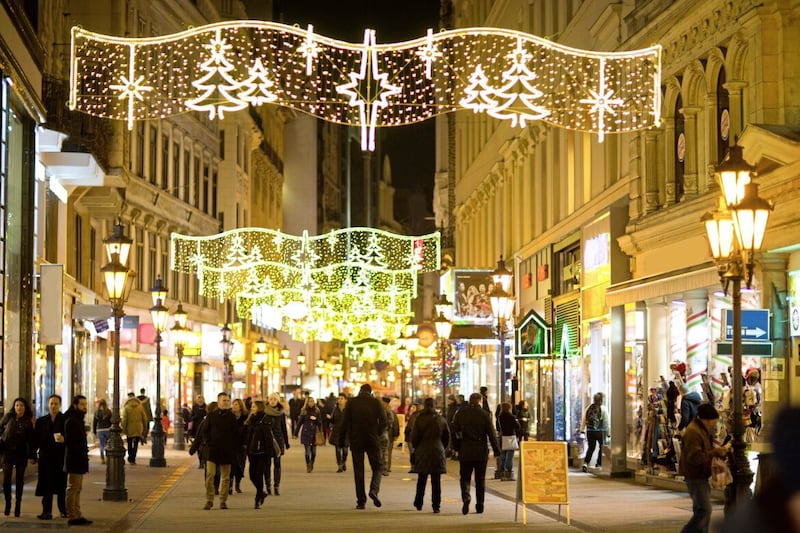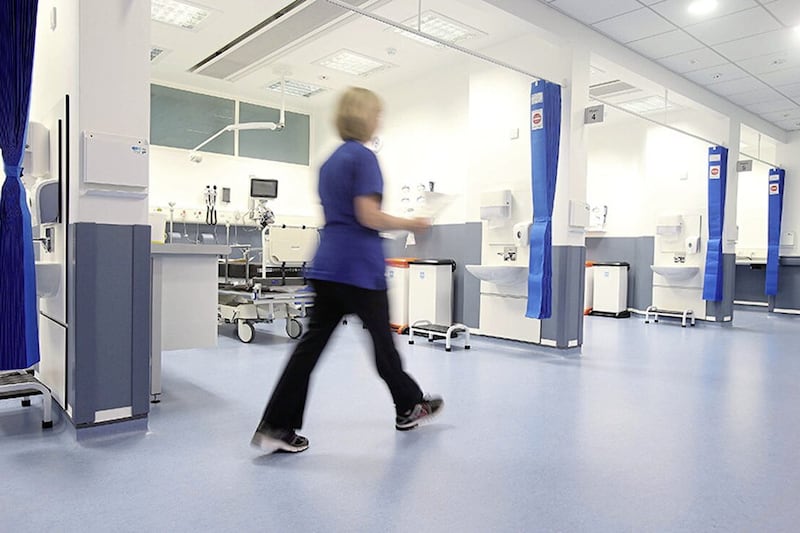THE conversation about the future of our towns and cities fascinates me. A growing body of opinion believes offices are finished, that being forced to work from home for most of this year has made us all see the folly of joining the rush hour five days a week and question whether we want to return to those ways.
But no matter how much I read or hear, I keep reflecting on personal experience.
When I started my own business several years ago, I worked from home for the first while. While I was fortunate to have a dedicated office space at home, after a brief period of home working, I took an office in Belfast.
I missed the atmosphere around the city centre, the chance of bumping into someone you know and the ease of popping round to a meeting or event. Importantly, having clear lines of distinction between home and work brought structure to the working week.
Even the commute was great thinking time.
This is part of the reason that I see the current conversation about the future of the city centre and talk of the end of offices as anything but cut and dried.
There are still signs of optimism in the Belfast commercial property market with schemes such as Olympic House moving ahead in the Titanic Quarter. The development, which started in May, will accommodate 1,500 jobs when complete.
In another sign of office positivity, earlier this month the sale of Custom House completed, with the new owners undertaking to preserve and enhance the building for new occupants.
In completing the deal, the new owners noted Belfast’s attractive proposition for inward investment and the belief that it will continue to attract global occupiers who will contribute to the ongoing growth and development of the city.
And who could forget the Tribeca Belfast plans that were approved during the summer which seek to regenerate 12 acres in and around the Cathedral Quarter? While its impact on Belfast’s unique character and historical fabric has been the source of much debate, the scheme shows that the ambition to regenerate the city hasn’t been dulled by the pandemic.
While there is no doubt that there is still activity in the commercial office market, there is certainly a huge debate under way about the future of work. One of the leading thinkers in the space is Chris Kane via his new book ‘Where is my Office? Reimaging the Workplace for the 21st Century’.
A former head of corporate real estate at the BBC, I got to know Chris through his work on the large-scale planning application for the Sirocco site in east Belfast. In his book, he urges caution against a binary ‘home versus office’ debate and suggests fluidity is required in considering what the office is actually for.
Traditionally a fixed physical space with four walls, future workspaces could be configured with fewer permanent desks and more meeting spaces – large and small – to accommodate the surge in video calls and face-to-face collaborative tasks.
Space will be more flexible and multi-use – and that could see a fundamental shift in how they are leased and operated, with a swing to a demand for a mix of fixed and flexi-space – more like a hotel model where the space is operated as a service.
It seems clear that offices will not disappear, but the experience of the past few months does show that many can work remotely and adapt where and when we work.
Obviously not everyone can work from home – many in manufacturing, retail, hospitality, leisure, and the arts clearly can’t, so, in an unrestricted ‘post-Covid’ world how many jobs are we talking about that could be done from home?
A quick bit of analysis based on US and EU studies suggests that about 40 per cent (close to 100,000) of Belfast-based jobs could be undertaken from home. That is a significant proportion of city-based jobs, and the spending power of the employees that could then leave the city would cause a major negative impact on retail, hospitality, and the general vibrancy and viability of the city centre.
Recognising the fundamental shift in how we engage with the city (and not just as a result of Covid-19), a ‘Bolder Vision’ for Belfast has been launched by Belfast City Council and Northern Ireland Executive which aims to reimagine the city centre as greener and more walkable, where people live, shop, use services and spend leisure time.
Whichever way the city evolves over the coming years, it faces an immediate challenge over its vibrancy and economic performance. Safety is paramount but a safe return to offices will go some way to ensuring we have a sustainable city centre, ready to evolve for whatever the future holds.
Andrew Webb is chief economist at Grant Thornton Ireland









